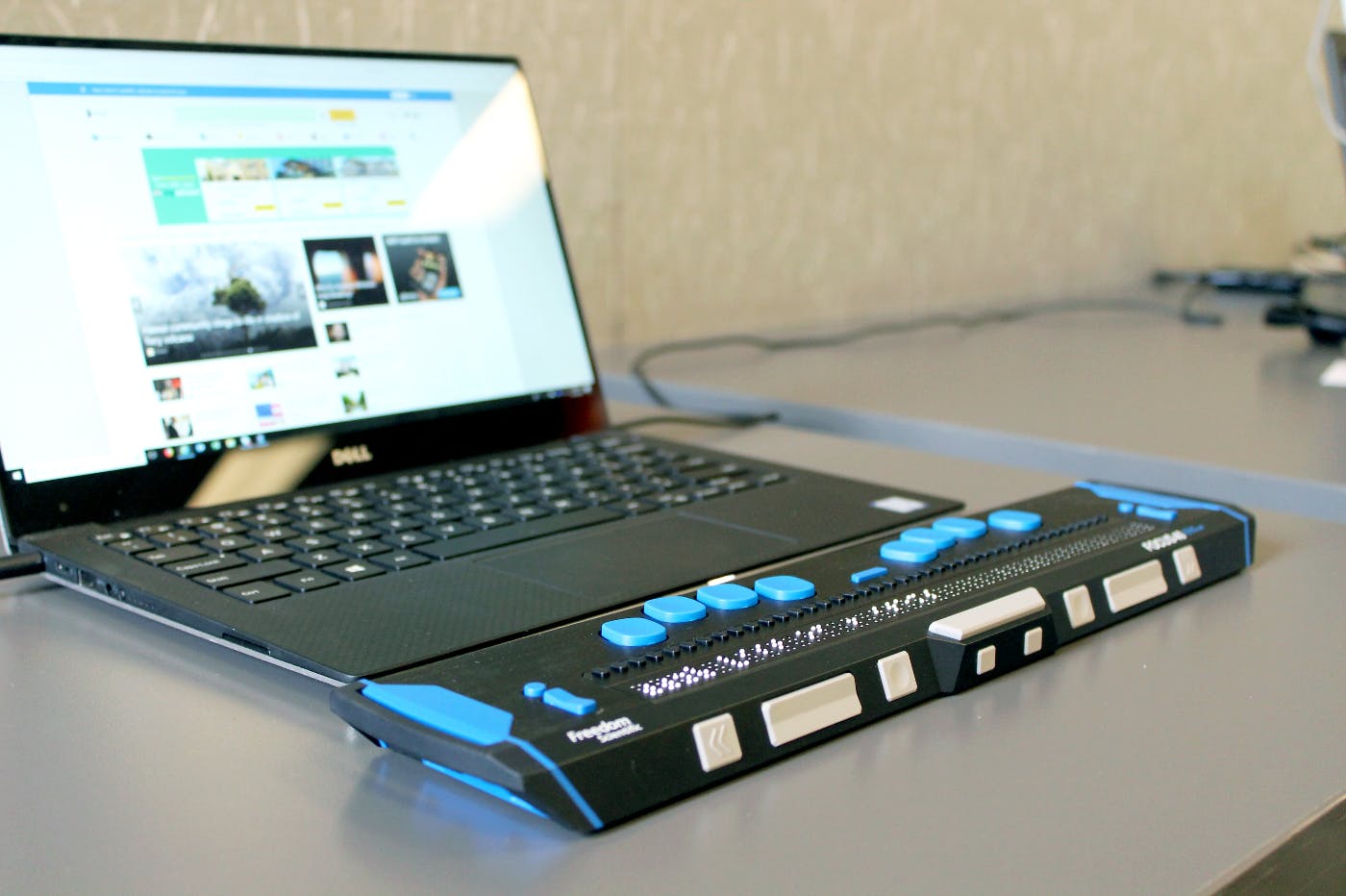
With the convenience of online shopping and a growing preference for digital transactions, businesses need to ensure that their e-commerce websites are not just functional but also designed to boost sales and conversions.
In today's digital age, e-commerce has become an indispensable part of the retail landscape. With the convenience of online shopping and a growing preference for digital transactions, businesses need to ensure that their e-commerce websites are not just functional but also designed to boost sales and conversions. An effective e-commerce website design can significantly impact the bottom line, enhance user experience, and establish trust with customers. In this article, we will explore the critical elements of e-commerce website design that can drive sales and conversions.
User-Friendly Navigation
Navigation is the cornerstone of any successful e-commerce website. A user-friendly navigation system ensures that customers can easily find what they are looking for. It is imperative to have a clear and intuitive menu structure that categorizes products logically. Implementing features like mega-menus, breadcrumbs, and search functionality can make it even easier for users to explore your website.
Additionally, consider organizing products into relevant categories and subcategories. This helps streamline the user journey, making it simpler for customers to locate the desired products. When users can quickly find what they're looking for, it increases the likelihood of making a purchase.
Mobile Responsiveness
With the increasing use of smartphones, it's crucial for e-commerce websites to be mobile-responsive. A significant percentage of online shopping occurs via mobile devices, and a non-responsive website can deter potential customers. A responsive design ensures that your website adapts to various screen sizes and provides a seamless shopping experience across devices. Google also rewards mobile-friendly websites with higher search engine rankings, making it a critical factor for online visibility.
High-Quality Imagery
Visual appeal plays a significant role in e-commerce website design. High-quality product images are essential to help customers visualize the product they are considering purchasing.
Multiple images from different angles, zoom functionality, and even product videos can be incredibly helpful in this regard. The goal is to provide users with a clear and detailed view of the product to reduce uncertainty and increase the likelihood of conversion.

Effective Product Descriptions
Product descriptions are your virtual salespeople. They should be informative, concise, and persuasive. Highlight the key features and benefits of your products, and use persuasive language to encourage users to make a purchase. Include relevant information such as price, product specifications, and availability. User-generated content, like reviews and ratings, can also enhance the credibility of your product descriptions.
Streamlined Checkout Process
A complicated or lengthy checkout process can lead to cart abandonment. Streamline the checkout process by reducing the number of steps, offering guest checkout options, and providing a progress indicator. Implementing a one-click checkout option can further expedite the process for returning customers. The easier and faster the checkout process, the more likely customers are to complete their purchases.
Trust Signals
Building trust with your customers is essential in the world of e-commerce. Include trust signals throughout your website, such as security badges, customer testimonials, and easy-to-find contact information. A visible return policy and terms of service also contribute to establishing trust. When customers feel secure, they are more likely to convert.
Personalization
Personalization is a powerful tool for increasing sales and conversions. Utilize data from customer behavior and preferences to provide personalized product recommendations. Tailor the shopping experience to each user by offering relevant products and content. Personalized recommendations can significantly enhance the likelihood of cross-selling and upselling.
Site Speed and Performance
A slow-loading website can be a conversion killer. Users expect a fast and responsive online shopping experience. Optimizing your website's performance by reducing page load times and implementing efficient coding practices is crucial. Compress images, use Content Delivery Networks (CDNs), and minimize HTTP requests to ensure that your site loads quickly.
Clear Call to Action (CTA)
The Call to Action (CTA) elements, such as "Add to Cart," "Buy Now," and "Checkout," should be prominent and strategically placed. Use compelling and action-oriented language to prompt users to take the desired action. The color, size, and placement of CTA buttons can also influence conversions.

A/B Testing
Continuous improvement is a fundamental principle in e-commerce website design. A/B testing involves comparing two or more versions of a webpage to determine which one performs better in terms of sales and conversions. By testing various elements like headlines, images, CTAs, and even the layout, you can fine-tune your website for optimal results.
Summing Up
E-commerce website design is a critical factor in boosting sales and conversions. To succeed in the highly competitive online retail landscape, businesses must focus on user-friendly navigation, mobile responsiveness, high-quality imagery, effective product descriptions, a streamlined checkout process, trust signals, personalization, site speed, clear CTAs, and A/B testing. By implementing these best practices, e-commerce businesses can create a compelling online shopping experience that not only attracts customers but also encourages them to complete their purchases. An investment in a well-designed e-commerce website can yield substantial returns in terms of increased sales and enhanced customer loyalty.
You Should Know
ThoughtLab is a dynamic and innovative full-service creative agency renowned for its exceptional branding prowess and relentless commitment to thinking outside the box. With a team of visionary creatives, strategists, Web3, and marketing experts, plus decades of superior website design, ThoughtLab consistently delivers groundbreaking solutions that redefine the boundaries of branding and design. They understand that breaking away from convention and embracing bold, unique ideas is vital in today's fast-paced and competitive landscape.
ThoughtLab's approach involves immersing themselves in their client's businesses, understanding their values and aspirations, and crafting tailor-made branding experiences that resonate deeply with the target audience. Their track record of success stands as a testament to their ability to push creative boundaries, captivate audiences, and ensure their client's brands stand out amidst the noise. With a focus on innovation and a passion for excellence, ThoughtLab continues to be at the forefront of revolutionizing the world of branding and marketing. Contact ThoughtLab today.

